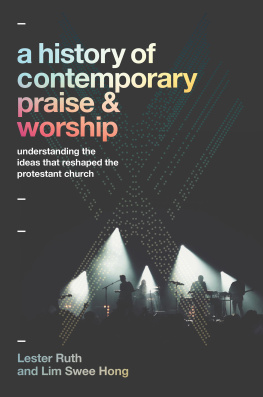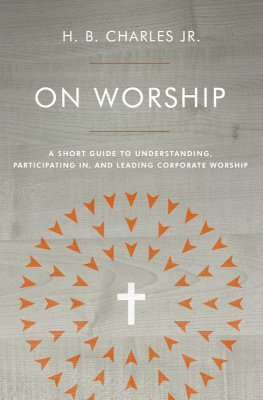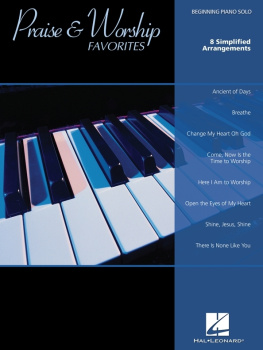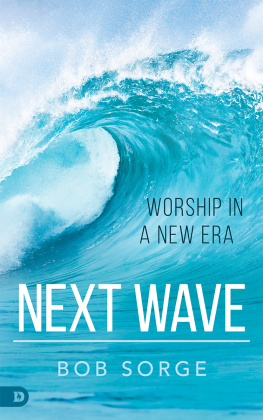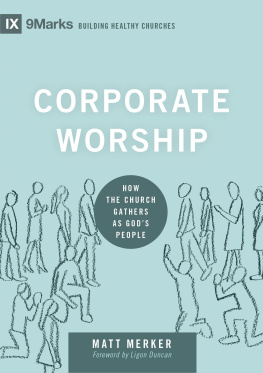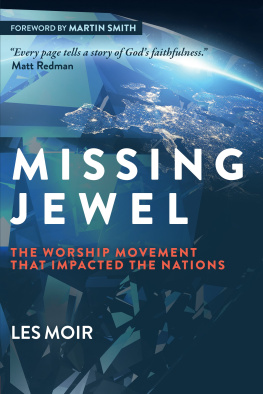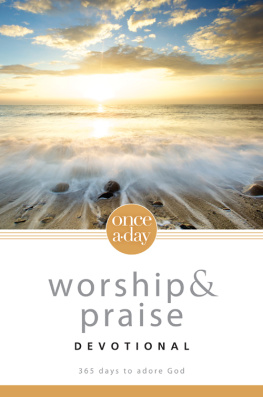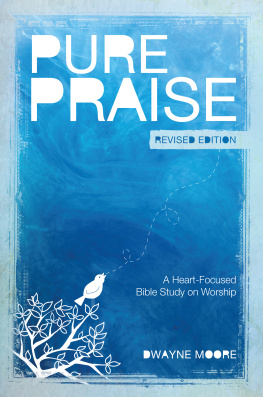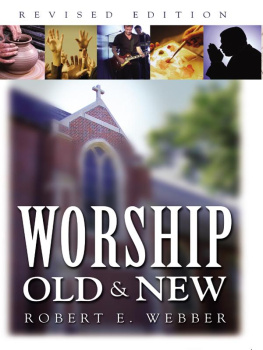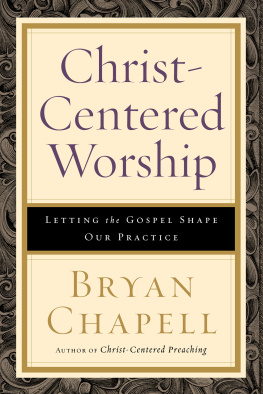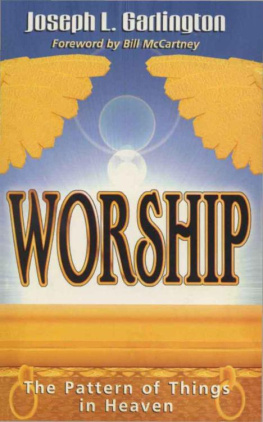Acknowledgments
It is with fear and trembling that we approach this portion of our book. The trepidation does not come from the thought of having to express gratitude. Indeed, as Christians who are scholars, we are quite happy to have an attitude of thanks and appreciation. Thanksgiving is intrinsic to our faith. The worry arises for different reasons: the dread that a limited amount of space does not allow us to thank adequately the innumerable people who have made this work possible and, even if we had limitless pages upon which to gush in gratitude, the anxiety that we would inevitably leave someone out because there have been so many. When this project was first hatched in a hotel room we were sharing at a conference in Toronto ten years ago, we had no idea of all the wonderful people who would speak to us, assist us, and encourage us along the way. To each and every one, thank you.
Notwithstanding the danger of starting to name specific individuals, given the number who have assisted in this project, we will do so because some were especially instrumental. At the top of this list would be our own wives, Carmen Ruth and Maria Ling, who have been untiring in their support and contributions to this book.
We also thank those who have read and offered feedback on various drafts: Matthew Lilley, Fran Huebert, Judith Heyhoe, Adam Perez, Glenn Stallsmith, Jonathan Ottaway, Drew Eastes, and Debbie Wong. Your feedback challenged us, encouraged us, and made the final version much stronger.
Along the way there have been some conversation partners with whom our ability to talk from time to time has proved invaluable. Many of you lived this history and thus are able to make it come alive and be personal in a way that researching it only through published sources would not have allowed. In this category of assistance, we especially wish to thank Steve Griffing, Barry Griffing, Jon Rising, Fred Heumann, Bob Johnson, Sallie Horner, Jim Hart, Howard Rachinski, Stephen (Steve) Phifer, the Reg Layzell family, and Holly Yaryan Hall (who helped us understand fluvial dynamics).
Many also supplied us with materials to supplement our research. In the midst of a pandemic that limited access to libraries and curtailed travel, your graciousness truly and literally made this book possible. For this type of help, we thank those named immediately above as well as the following: Romina Cain and her extended family for background information on and photographs of her grandfather, Judson Cornwall; Eddie Espinosa for photographs and other materials; Tom Kraeuter for access to a complete collection of Psalmist magazine; William (Will) Bishop for sharing materials from his own dissertation research on youth musicals and for helping us to make contacts among evangelical musicians; Tom Bergler for sharing his own research and, especially, the elusive Horner thesis on Youth for Christ music; David S. Luecke and Mike Coppersmith for background materials on Missouri Synod Lutherans; Chuck, Stephanie, and Lexi Fromm for materials on Worship Leader magazine and Chucks earlier work; Andrea Hunter for a copy of the George Warnock book, The Feast of Tabernacles ; Steve Vredenburgh for providing access to Rick Warrens Doctor of Ministry thesis; and numerous university librarians who did yeomans work in providing creative solutions to accessing key materials. Several other individuals contributed images that the reader will see in this book. Note the names of these contributorsthere is a prayer of thanks behind each photographs source attribution.
We also thank all those we have interviewed for our research on this liturgical topic over the years. Since we conducted our first interviews in 2013, more than 180 people have sat down with us, sharing their time and recollections. From this large wealth of conversations, we used specific information from ninety-seven interviewees for this book and so those persons are named in the bibliography. But all our interviewees have contributed to this project, even if the contribution was more indirect. Each conversation helped orient us to large developments and trends. If we speak with confidence about specifics, it is because all our interviewees collectively have given us a broad picture of the whole.
We also thank John Witvliet, the director of the Calvin Institute of Christian Worship, whose support and encouragement along the way has proved invaluable in helping us deepen our research.
Finally, we thank our contacts at Baker Academic who have shepherded this project. In this regard we extend our gratitude to Robert Hosack, Sarah Gombis, Brandy Scritchfield, Kara Day, and Melisa Blok.
Lester Ruth, Duke Divinity School
Lim Swee Hong, Emmanuel College of Victoria University in the University of Toronto
Introduction: A Historical Overview
As a teacher of Christian worship history, I (Lester Ruth) find that the best serendipitous moments of discovery often come in informal conversations with students after class. And so it was one day about fifteen years ago when a student, a young man in his twenties, approached me after a session of a worship history class and told me the course content had finally made sense to him. He noted the breakthrough awareness that had allowed past forms of Christian worship to be understandable to him now, remarking, Professor, I finally see what youre trying to say: the pastor is a kind of worship leader, too.

